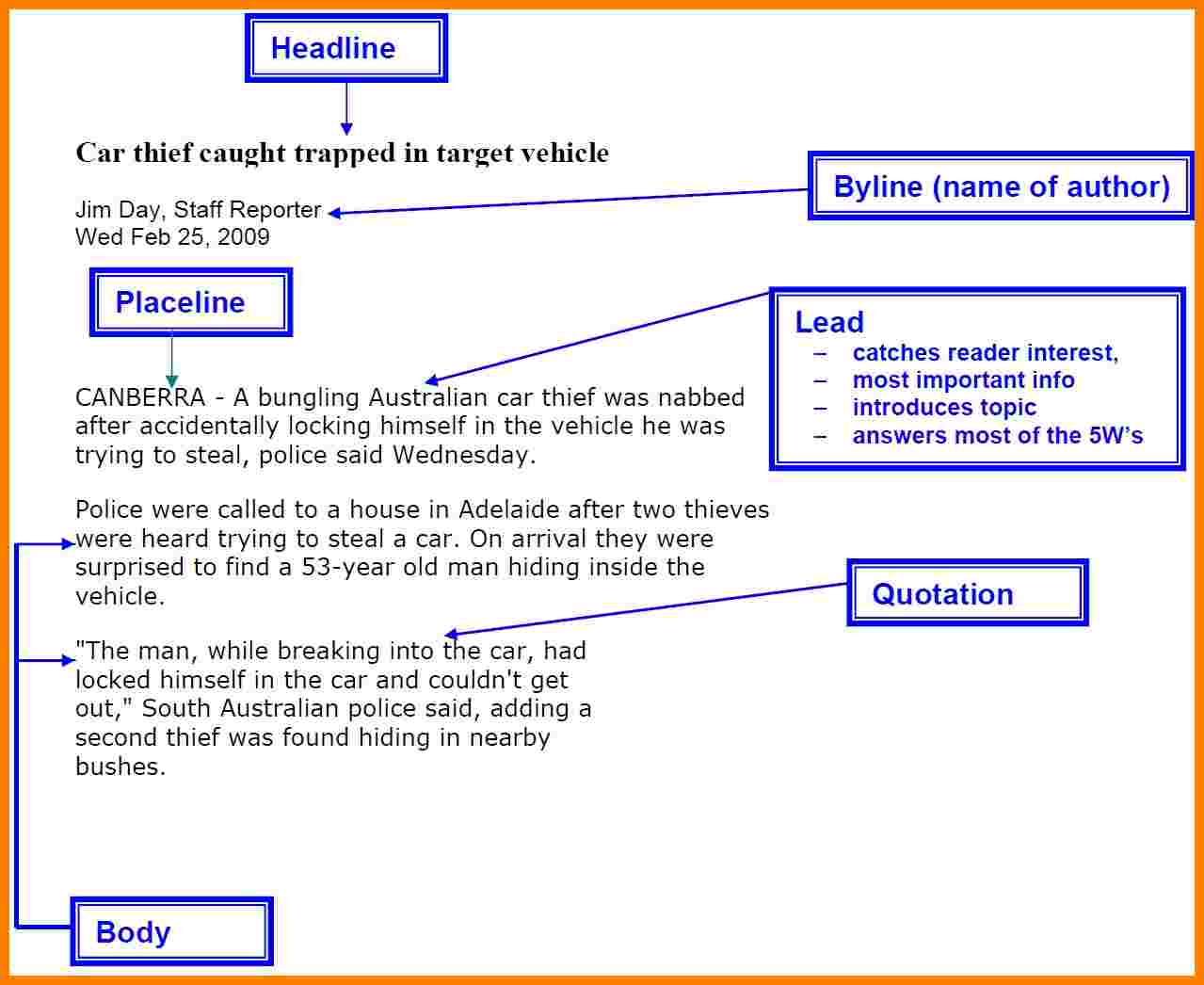When writing a policy paper, it’s essential to follow certain guidelines to make it look as professional as possible. Here, you will learn the steps for preparing a policy, what types of content to include, and what to look for in a policy. Listed below are some tips to help you create a policy that will be appreciated by all stakeholders. You’ll also learn about how to prepare for the policy’s publication, as well as how to evaluate the problem and the potential solutions.
Preparation
The preparation of a policy paper entails a number of steps, such as researching, consulting, and writing it. There should be a set format in which the paper is written and referred to, as well as a consistent style. For instance, it is imperative to use a standard typeface and size for the body of the policy document. Moreover, it is advisable to use the same font size for the entire document, not just for titles and headings.
Before writing the policy brief, identify the problem. Identify how the policy problem would be solved, and then propose the best policy action that would address this problem. Then, make sure that all the information in the policy brief is related to the problem. This way, it would be easy for the reader to follow your argument. You can also use graphics and sidebars to engage your readers. You can also consider using appendices to provide additional support for your arguments.
A policy paper should discuss several options. Its purpose is to convince the audience of the suitability of recommendations made by the policy specialist. Some policy specialists fail to be explicit in their recommendations and assume that all the stakeholders share the same criteria. Therefore, it is essential to state your reasons for making certain recommendations. If your policy proposals are contrary to the wishes of your audience, you must make it clear. The audience will be more likely to accept your recommendations if you clearly explain why.
If the proposal involves legislation, it is imperative to state this in the policy paper. The recommendations should be in an orderly fashion, state all the decisions that should be made, and be included at the end of the document. However, be careful not to omit important issues. If the policy has a significant implication, it is vital to consult the Parliamentary Counsel Office before publishing it. The final paper should include a list of the key stakeholders consulted.
Content
First, when writing a policy paper, consider who your audience is. Think about what the readers’ backgrounds are, and what questions they’d like answered. Choose a topic that interests you and your audience. If you don’t know what topic to write about, check out your syllabus or read recent news articles. If you’re unsure, ask your professor, Dr. Mason, for a recommendation. If you have no idea where to start, here are some tips to help you write a policy paper:
Next, decide on the style of writing. A policy should follow a specific format and writing style. Use professional fonts in your document and make sure they’re easily readable. Also, keep font sizes consistent across the document. Depending on the size of your document, you may want to vary font sizes in the header, titles, and subheadings. The header should be short and to the point. Avoid using large, unreadable fonts.
Finally, ensure that you write your policy paper accurately and without errors. Make sure you acknowledge any unintended consequences of your policy. In addition, avoid putting too much subjective reasoning. Also, label figures properly and use endnotes instead of footnotes. In addition to this, remember to include a Cover Sheet. If you’re not sure how to write a policy paper, you can always refer to a book or database for ideas.
Once you’ve outlined the topic of your paper, you’ll need to frame the problem. This can be a statewide issue or an international issue. You may want to include statistics from research that show the effect of your policy on a specific group. It also helps to specify the primary group that is affected by the policy. This way, the reader will be able to assign a face to the policy issue.
Criteria for evaluating problem
When writing a policy paper, it is crucial to consider how the different options to address a problem will affect the problem. Although the specific criteria may vary, most papers include mitigating factors associated with the problem, cost-efficiency, equity, and the like. It is also important to summarize policy alternatives, ideally using a matrix or a similar summary display. After evaluating the alternatives, close the paper with the preferred policy option and justify its choice. Be sure to explain the criteria by which your chosen policy option was rated.
When analyzing the different alternatives, a policy paper should include criteria to help the reader choose the best one. The goals of a problem statement should be stated as objective, measurable dimensions, and then applied to the policy alternatives. In some cases, these goals conflict or are vague, making it difficult to choose appropriate criteria. It is also helpful to use examples of problems that are similar to your own to provide a framework for the selection of criteria.
Alternative solutions
An alternative solution to a policy problem is an interesting way to generate ideas for a policy paper. Students can collect information on different policies and analyze their pros and cons. They should look at the strengths and weaknesses of various alternatives and their likelihood of winning support or opposition. Students can also use case studies as their sources of information. They can discuss the pros and cons of various solutions, comparing them with current policy. Ultimately, students will develop an alternative solution for a policy problem.
In addition to the evaluation criteria, the analyst must identify the problem and specify relevant criteria. The analyst may generate a large number of policy alternatives, but should reduce this number to a manageable number. In identifying alternatives, the analyst should take into account all possible outcomes and consider alternatives like the status quo and radically different options. They should also take into account what might happen if the problem is resolved differently. The policy paper should be as detailed and informative as possible, so that the readers can easily understand the implications and merits of each alternative.
When considering an alternative solution, it is important to prioritize values and their relative importance. In the case of a policy paper, there should be at least three alternatives. One of them should be the status quo, which is the most likely outcome. The policy paper should not be based on a straw-man argument. In addition to a cost-benefit analysis, the policy paper should consider the political feasibility of the alternative.




